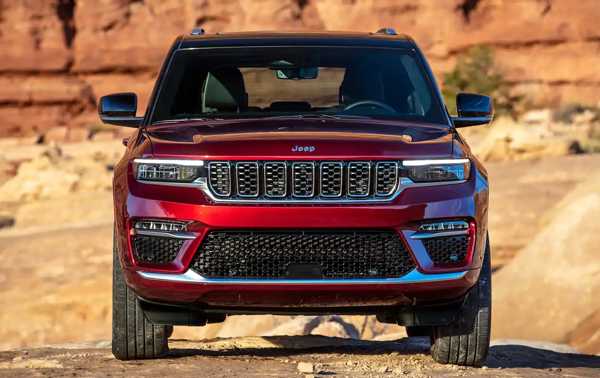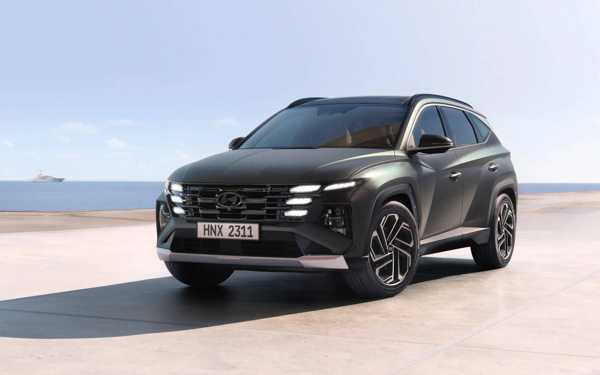Best Snow Blower for Effortless Winter Cleanup
Discover the best snow blower for effortless winter cleanup. Learn about types, features, and top models to keep your pathways clear and safe this winter!
As winter casts its frosty spell across the landscape, homeowners face the inevitable challenge of snow removal. An ineffective approach to clearing snow can create hazardous pathways and add unnecessary stress during the colder months. Therefore, selecting the appropriate snow blower is not just about efficiency; it's essential for simplifying the entire process. With many options in the market today, understanding the different types, key features, and standout models of 2023 will empower you to make a well-informed choice. This article provides critical insights into snow blowers, discussing their varieties, important features to consider, and essential maintenance tips to ensure your equipment lasts. Expect to gain a comprehensive perspective on what to look for in a snow blower, enhancing your snow management experience and ensuring your pathways remain clear and safe throughout the winter.
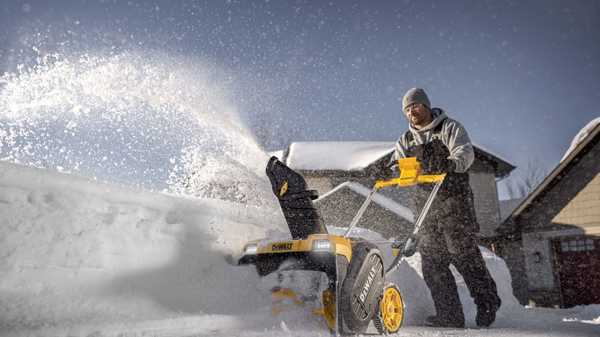
Understanding Different Snow Blower Types
When tackling snow removal, it's vital to comprehend the various types of snow blowers—single—stage, Two-Stage, and Three-Stage—that can help you make the best choice suited to your specific needs. Each category presents unique characteristics designed for various applications.
Single-Stage Snow Blowers
Single-stage snow blowers feature an auger that collects snow and propels it through a chute. These models are particularly adept at clearing fluffy snow from flat surfaces, making them ideal for small driveways and sidewalks. They are also lightweight, facilitating maneuverability in tight spaces. Pros:
• Compact and portable
• Lower cost
• Best suited for lighter snow conditions Cons:
• Limited capability for snow depths of 6 to 8 inches
• Incompatible with gravel driveways due to the risk of digging into the ground.
Two-Stage Snow Blowers
Two-stage variants utilize an auger and a blower, allowing them to handle the heavier, wetter snow typical of mid-winter storms. The auger collects snow and ice before the blower expels it farther. Ideal for larger areas, these machines can tackle tough, packed snow effectively. Pros:
• Powerful and efficient
• Capable of clearing larger amounts of snow, including slush
• Operates well on uneven surfaces, such as gravel Cons:
• Heavier and bulkier than single-stage models
• Generally more expensive.
Three-Stage Snow Blowers
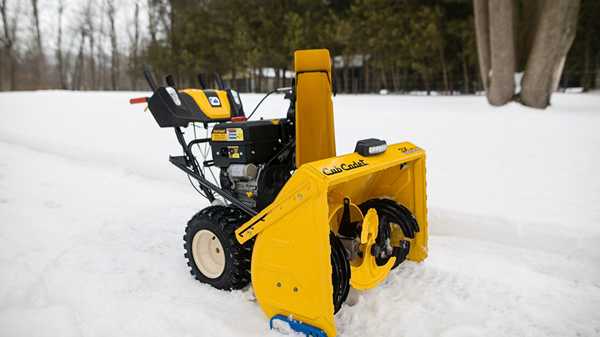
Three-stage snow blowers are the most robust option, ready to confront significant snowfall and icy conditions easily. They include an additional auger or an impeller for enhanced snow movement efficiency, making the clearing process significantly faster. These machines are best suited for large driveways encountering heavy snowfall and require ample storage space. Pros:
• Rapid and efficient snow clearing
• Handles the heaviest and wettest snow with ease Cons:
• Most costly option
• Heavier, potentially demanding more physical effort to operate.
By grasping the attributes of each snow blower type, you can better evaluate which one meets your winter needs, whether you require daily sidewalk clearing or deal with the aftermath of an intense snowstorm.
Essential Features to Consider When Selecting a Snow Blower
Choosing the right snow blower involves evaluating several key features, as these factors significantly influence your efficiency and comfort while removing snow during those cold months.
Power Source: Electric vs. Gas
The power source is a pivotal consideration. Electric snow blowers typically weigh less, operate quietly, and need less maintenance than gas models. They excel in light to moderate snowfall and suit small to medium driveways and walkways. Conversely, gas snow blowers, while generally more powerful and capable of handling deeper snow, are suited for larger areas and regions with heavy snowfall. Although gas models have robust construction and extended runtime, they require regular maintenance and produce more noise.
Clearing Width and Depth
Both the clearing width and depth are crucial for optimal performance. A broader intake leads to faster snow removal across larger areas, which is especially useful for expansive driveways or sidewalks. Most models range from 18 to 30 inches in clearing width. A good depth capacity, approximately 12 inches, is desirable for handling heavier snowfalls. Assessing your typical winter conditions can help you determine which combination best suits your needs.
Weight and Portability
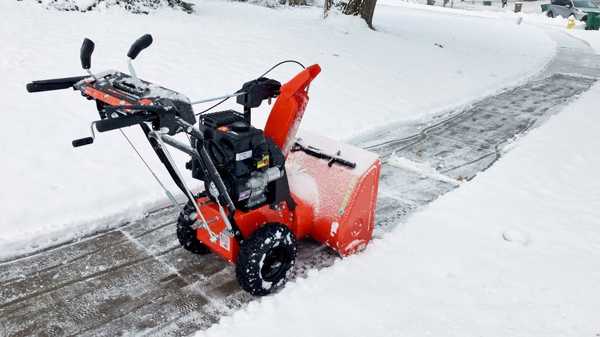
Weight affects maneuverability, particularly in tight spaces or when transporting your snow blower. Lighter electric models are generally easier to handle, while heavier gas models offer more power but may prove cumbersome depending on their size. Seek out models equipped with wheels or tracks for enhanced portability to navigate snowy conditions smoothly.
Ease of Use
Another feature worth considering is ease of operation. Look for user-friendly controls, such as electric start options and adjustable chute controls, which enable you to direct snow effectively. Functional and comfortable handles can improve your experience, especially during prolonged use. Also, models designed for maneuverability in tight spaces will save time and effort.
Maintenance and Durability
Lastly, evaluate the durability and maintenance requirements of different models. Consult user reviews about longevity and repair ease. Opt for models constructed from robust materials resistant to wear and tear caused by snow, ensuring they serve you reliably winter after winter. Choosing a snow blower that combines durability and minimal maintenance will create a more satisfying user experience.
By carefully assessing these critical features, you will be well-prepared to select a snow blower that effectively meets your needs, promoting efficient snow management throughout the chillier months.
Maintenance Tips for Extended Lifespan
Regular maintenance is paramount to guaranteeing your snow blower operates effectively for many winters ahead. First, prioritize clean storage; after final clearing, drain the fuel tank or add a fuel stabilizer to prevent gum build-up in the carburetor. Always store your snow blower in a dry, sheltered area to mitigate rust and moisture damage.
Next, regularly inspect key components, starting with the spark plug. Check for wear and replace it if necessary, as a functional plug is crucial for easy starting. Additionally, examine the auger and impeller for any signs of damage and ensure they are free of debris.
In the off-season, thoroughly clean your machine to eliminate any residual snow or dirt that can lead to corrosion. Lubricate moving parts according to the manufacturer's guidelines to ensure smooth operation for the forthcoming winter season.
Should you encounter any issues, consult your user manual for troubleshooting guidance, especially if the snow blower fails to start or displays erratic performance. By following these straightforward yet effective maintenance tips, you can significantly increase the lifespan of your snow blower, ultimately making winter far more manageable.
Preparing for an Effortless Winter Experience
Investing in the right snow blower transforms winter cleanup from a daunting task into an effortless endeavor. In this article, we have explored various snow blower types, highlighted important features, and showcased top models for 2023 designed to cater to a wide range of needs. From single-stage blowers that work best with light snow to powerful two-stage units meant for more strenuous tasks, a well-chosen snow blower can alleviate much of the work associated with winter maintenance.
Understanding your individual needs—such as driveway size and expected snowfall quantities—will guide you in making an informed decision. Furthermore, committing to regular maintenance will prolong the lifespan of your purchase, ensuring it operates smoothly season after season. In light of this information, take the necessary time to evaluate your snow removal requirements before making your final purchase. Enjoy a hassle-free winter, armed with the right snow blower!

